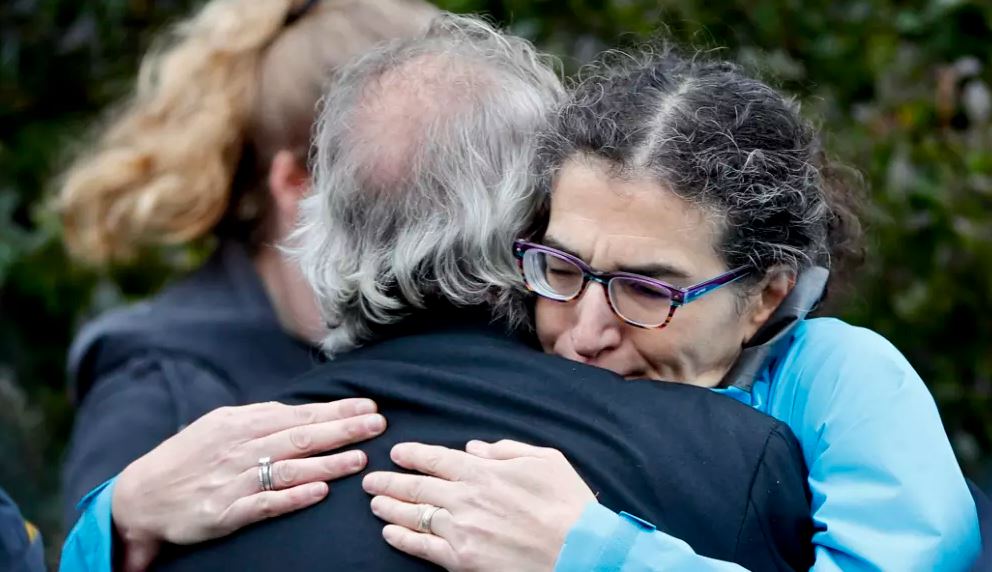Washington: This is what they had long been fearing. As the threats increased, as the online abuse grew increasingly vicious, as the defacing of synagogues and community centres with swastikas became more commonplace, the possibility of a violent attack loomed over America’s Jewish communities.
On Saturday, the worst of those fears was made real as a gunman stormed a Pittsburgh synagogue, killing at least 11 of its members and injuring many more, reportedly shouting “All Jews must die” during his rampage. It is the worst single attack on American Jews in the history of the country. And it is one that many who have been monitoring anti-Semitic activity in the United States have been dreading.
“Unfortunately, in the atmosphere we are in, as shocking as these incidents always are, they are not surprising,” said Oren Segal, director of the Anti-Defamation League’s Centre on Extremism. “Anti-Semitism is the lifeblood of extremism, and violence is never that far behind.”
In its annual Audit of Anti-Semitic incidents in the United States, the ADL chronicled a 57 per cent rise of incidents in 2017 over the previous year. That included everything from bomb threats and assaults to vandalism, desecration of cemeteries and the flooding of college campuses with anti-Semitic posters and graffiti.
Saturday’s deadly attack took place against the backdrop of a particularly toxic era in American political and social life. Many Americans believe that the increase in anti-Semitism, xenophobia and racism over the past two years has been stoked by the rhetoric of some of the nation’s top leaders, particularly President Donald Trump, whose ongoing rallies are marked by denunciations of immigrants and the deriding of “globalists,” which is viewed as a code word for Jews.

